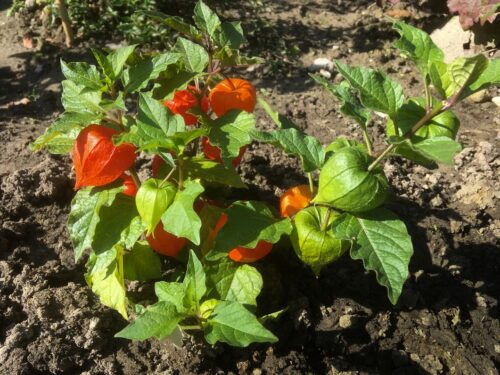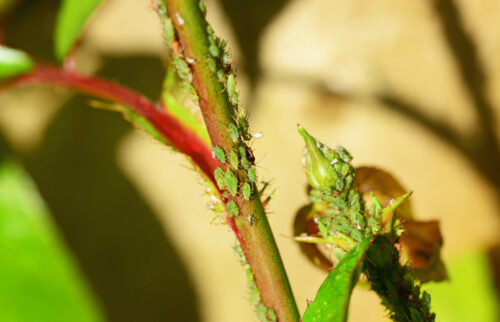Physalis is a plant in the nightshade family. There are a few species of physalis, but the Physalis alkekengi is the variety planted in gardens in Europe.
Also known as:
Chinese lantern
Bladder cherry
Alkegengi
You are viewing the mobile-adapted version of the page.
The one for tablets, laptop and desktop also provides general information, such as origin, toxicity and cultivation.
Physalis is a plant in the nightshade family (Solanaceae). There are a few species of Physalis, but the Physalis alkekengi is the variety planted in gardens in Europe. The remaining species belong to Mexico.
Physalis means bladder after the shape of the calyx that encloses the fruit.
The physalis blooms from May through July. After the creamy white inconspicuous star-shaped flowers bloom, the sepals grow together and form the characteristic ‘lanterns’ in shades from orange to brick red. Hidden in the lantern is a berry. Physalis has green stems that are woody at the base. Physalis grow 80 to 100 cm tall and may become invasive.
Physalis likes slightly calcareous, well-drained soil in partial shade. Young plants and those in a pot cover in winter. Physalis is a strong plant and can withstand drought and temporarily wet soil.
Dried ‘lanterns’ do well in drying bouquets.
Fungi & diseases
Physalis is a strong plant, impervious to moldand diseases.
Other
During summer days in full sun and little water, the leaves may wilt. A little extra water then works wonders. If necessary, move it to a spot in partial shade in the fall.


